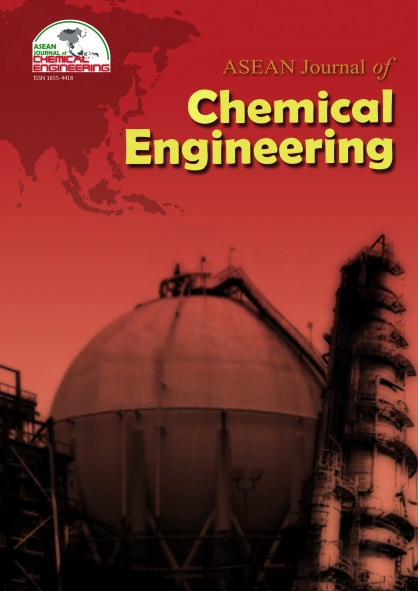Engine Performance And Smoke Emission Tests Of Transesterified Swietenia macrophylla King (Philippine Broad-Leaved Mahogany) Seed Oil
Abstract
Biodiesel is the most common alternative fuel that can be used in diesel engines. Commercially 2% of coco methyl ester (CME) as biodiesel is blended with petroleum based diesel and is used as fuel. Exhaust emissions are improved using the biodiesel blends. This study is devoted to the engine performance test of diesel engine as affected by Mahogany Methyl Ester (MhME). The MhME was produced by extracting the oil of the mahogany seeds by solvent extraction using petroleum ether. Sulfuric acid catalyzed esterification and potassium hydroxide- catalyzed transesterification were used for the MhME production. The fuel properties of the B5 and B50 biodiesel blends were determined. The kinematic viscosities of B5 and B50 were reported as 3.21, and 3.63 mm2/sec, respectively. The engine performance test was done on a Gunt Hamburg CT 110 Four-Stroke Diesel Engine. Results showed that B5 MhME obtained the highest power and highest torque at full fuel load. For the fuel consumption, pure commercial diesel was observed to have the lowest at 2500 and at 2750 rpm. In addition, B50 MhME emits less CO2, CO, hydrocarbon and O2.References
2. K.V. Caguimbal, D.M. Lastimoso, C. Navarette, M.N.R. Dimaano, RSCE 2015 Proceedings, IN-ENG-033 (2015)
3. J. MacFarlene, JM Science (2008)
4. T.E. Grift, A.C. Hansen, J. Xue, Renew. Sust. Egy. Revs, 15,2, 1098-1116 (2011)
5. Y. Bian, H. Chen, L. Geng, J. Liu, D.H. Qi, Ren. Egy., 34, 12, 2706-2713 (2009).
Copyright holder for articles is ASEAN Journal of Chemical Engineering. Articles published in ASEAN J. Chem. Eng. are distributed under a Creative Commons Attribution-NonCommercial 4.0 International (CC BY-NC 4.0) license.
Authors agree to transfer all copyright rights in and to the above work to the ASEAN Journal of Chemical Engineering Editorial Board so that the Editorial Board shall have the right to publish the work for non-profit use in any media or form. In return, authors retain: (1) all proprietary rights other than copyright; (2) re-use of all or part of the above paper in their other work; (3) right to reproduce or authorize others to reproduce the above paper for authors’ personal use or for company use if the source and the journal copyright notice is indicated, and if the reproduction is not made for the purpose of sale.



